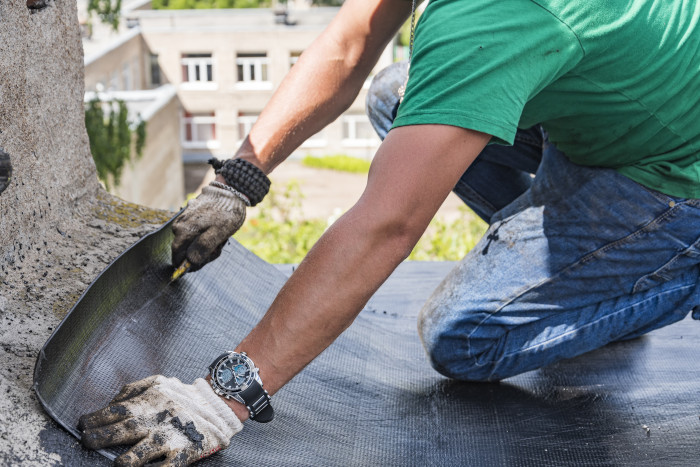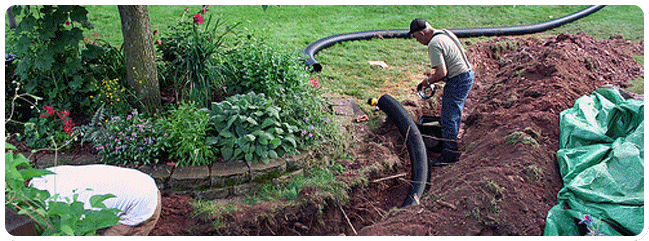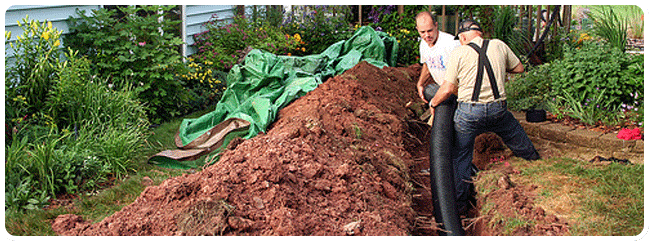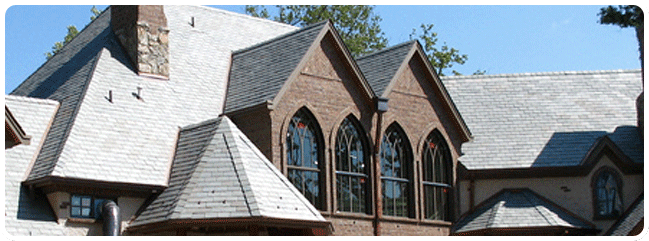Your roof is your home’s first line of defense against the elements and extreme weather conditions, so it’s essential to take care of it properly. One important component to remember is roof flashing — an integral part of waterproofing and protecting your house’s foundation. It’s easy to take this part for granted. However, ensuring that your roof flashing system works correctly should be a priority when maintaining your home.

What is roof flashing?
Roof flashing is, very simply, a roll of thin metal that’s resistant to moisture and other weather conditions such as high levels of wind. Flashing can be made from a variety of materials, such as copper roofs, aluminum, lead or galvanized steel roofing. It’s rolled out into place and then sealed in order to prevent issues like water damage and mold. Source: Modernize
How does it work?
Roof flashing represents a very simple and intuitive engineering technique that has been known for hundreds of years. The whole idea depends almost entirely on gravity. If the flashing has been installed correctly, gravity will work with the flashing material to shed the water onto the regular roofing materials, where it is then directed harmlessly to the ground. Roof flashing is commonly used around chimneys, fan vents, plumbing vent stacks, and other items that project out of residential roofs.
For roof flashing to be effective, it must be durable, low-maintenance, weather resistant, and also accommodate movement. Movement must be accommodated because of the constant expansion and contraction between roofing materials and things that are not roofing materials. This expansion and contraction can happen on a daily and/or seasonal basis. For example, sunlight can create very high surface temperatures during the day, causing the roof materials to expand, but at night the temperature drops and the materials contract. Seasonal changes can affect the framing lumber, and the flashing materials must be able to withstand all these changes and remain leak-proof. Source: HomeQuestionsAnswered
What are the signs of a problem?
Unless you’re an experienced roofing professional, it may be difficult to notice when your flashing system needs to be replaced, but you can look out for these easy-to-spot signs:
– Noticeable corrosion and rust in flashing and gutters
– Curling or broken shingles
– Patches on the roof
– Water damage in the attic or interior walls (water stains, mold, etc.) Source: Angi
We hope this post has provided you with an insight into the basics of roof flashing. If you have any more questions or need assistance with your flashing system, don’t hesitate to give us a call!
Contact:
Kerrisdale Roofing & Drains
168 W 71st Ave, Vancouver, BC V5X 4S7
(604) 360-2114



















